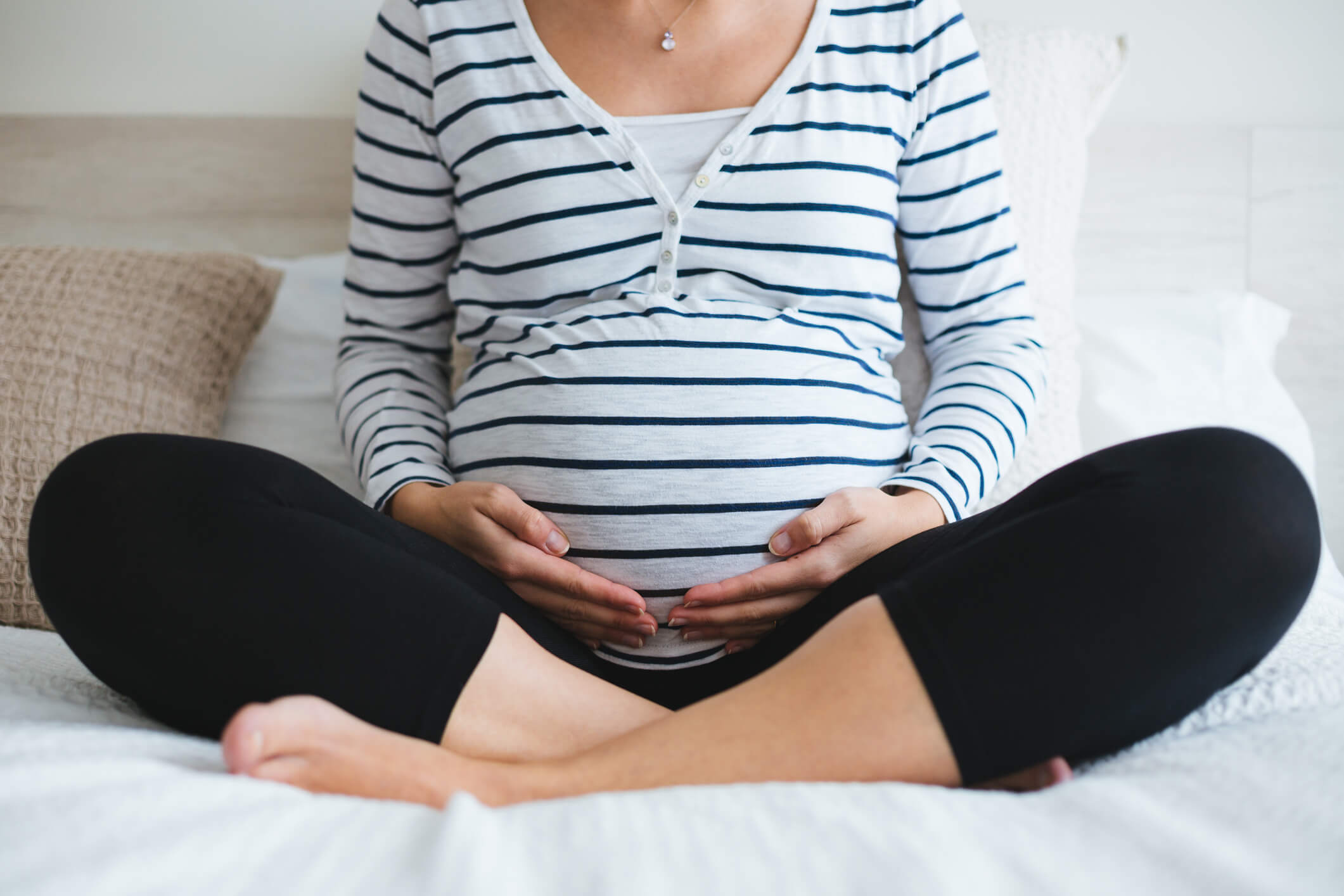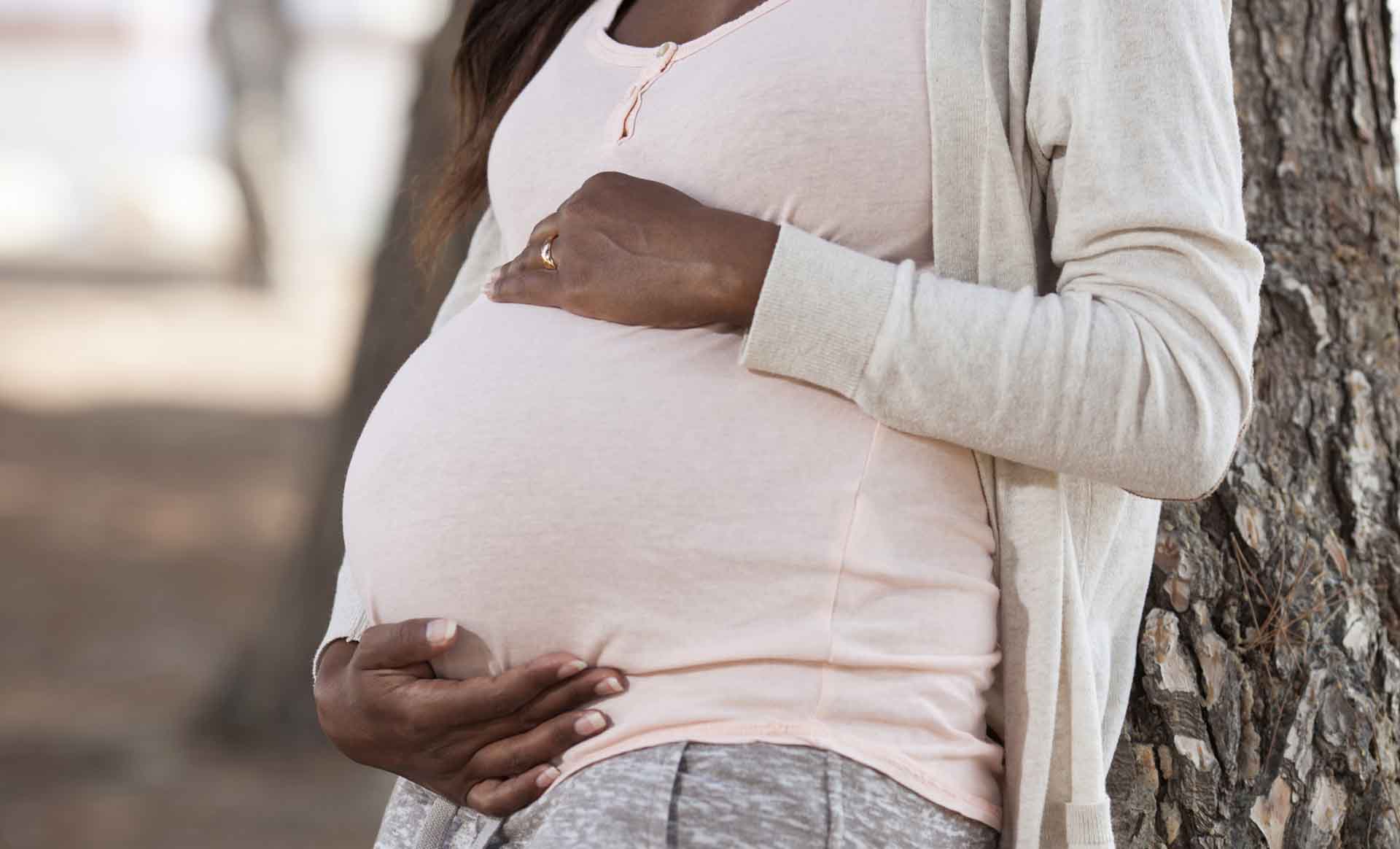-
Stretch marks and pregnancy go hand-in-hand, it’s a common occurrence so you don’t need to worry if they start to appear. But what are they and why do we get them?
Many women develop stretch marks during pregnancy, most commonly in the last trimester, when the skin experiences the most growth.
Firstly, what are stretch marks and why do we get them?
Stretch marks are streaky scars that appear on overstretched skin -- usually following rapid growth such as from puberty, weight gain or even body building.
Scars occur when collagen and elastic fibres in the skin snap, resulting in underlying tissue expansion. In some instances, they can even appear when skin has been exposed to excess amounts of the hormone, cortisol, which can cause skin to lose its elasticity.
What areas on the body are most affected?
Stretch marks can initially feel itchy and appear purple-red in colour, however rest assured -- they do eventually become less noticeable over time. And while scars can occur almost anywhere on the body, they’re more commonly seen on the:
- Stomach
- Buttocks
- Thighs
- Hips
- Breasts
So how can we prevent them from occurring?
While completely harmless, it’s normal to feel irritated by the appearance of stretch marks. And unfortunately, despite various products claiming to prevent them, the jury is still out on how effective these products are. That’s right -- there is no guarantee that cream, oil or ointment will prevent or eliminate them.
However, there are some ways to assist the likelihood or severity of developing stretch marks during pregnancy. These include:
- Stay hydrated: Keep your body hydrated -- inside and out -- by drinking plenty of water and moisturising your skin regularly.
- Seek professional help: If your stretch mark scars are truly bothering you, speak to you GP to see what other options are available.
For more information on how to keep healthy, go to livebetter.com.au.
Fighting stretch marks

-
Avoiding cold and flu during pregnancy
During pregnancy, women are at an increased risk of experiencing complications from the flu. Make sure you understand what steps you can take to help keep you and your baby healthy.
-
Choosing childcare that fits your family
Here’s what you need to know when choosing childcare
-
How to avoid 'dad bod'
How to keep fit and healthy with a new baby in the house
-
Expecting a baby during COVID-19
We address some common questions you may have.
-
How your extras can help during pregnancy
Use your cover to stay healthy
-
Pregnancy self-care essentials
Obstetrician Dr Chris Russell shares some advice.
Subscribe to receive the best from Live Better every week. Healthy recipes, exercise tips and activities, offers and promotions – everything to help you eat, move and feel better.
By clicking sign up I understand and agree to Medibank's privacy policy






